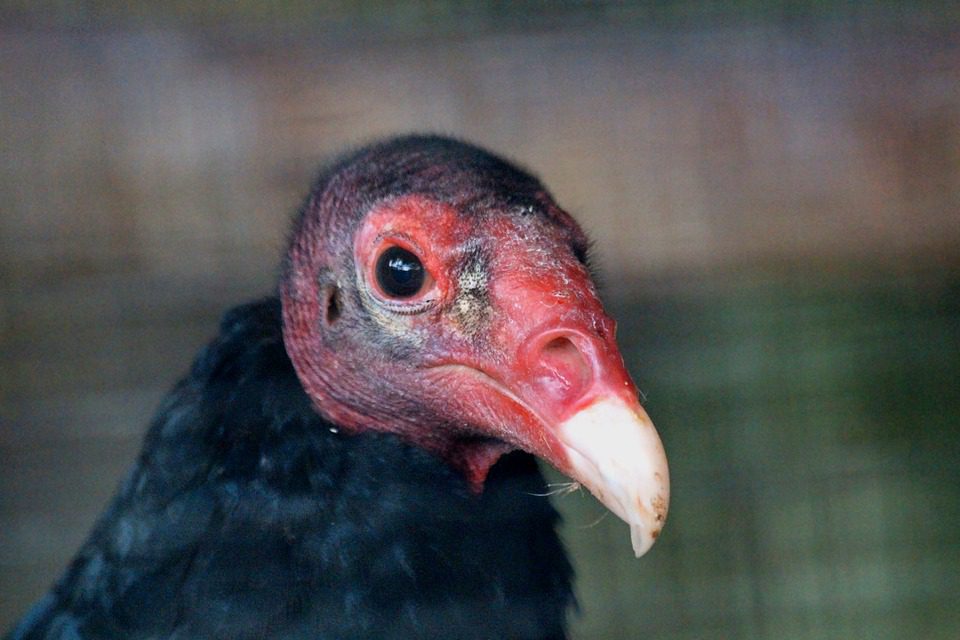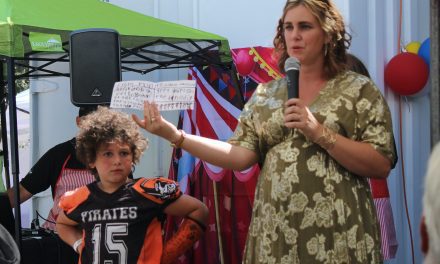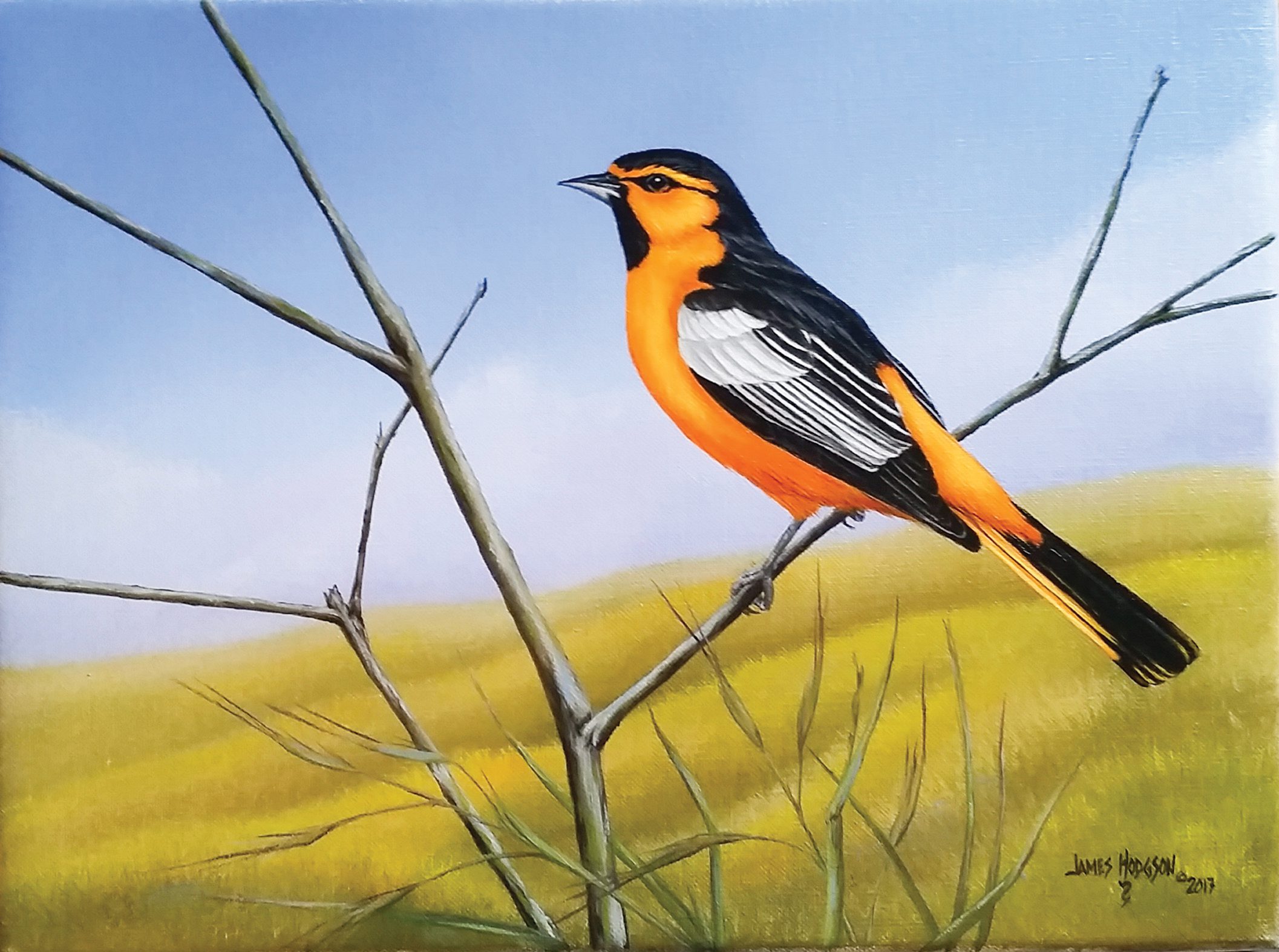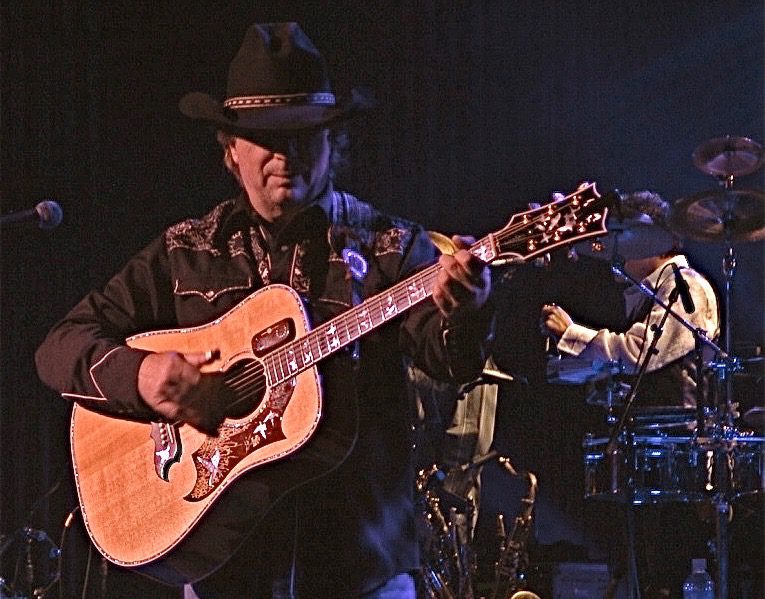SYV History Society webinar conducted by Dennis and Jess Beebe
By Serena Guentz
Contributing Writer
“Nature’s clean-up crew,” also known as the vulture, was the topic of the Santa Ynez Valley Natural History Society’s most recent lecture, “‘V’ is for Vultures” on Thursday, May 13, with father-daughter duo Dennis and Jess Beebe.
The event took place via Zoom and featured a lecture followed by a question-and-answer session. Approximately 40 viewers were present in the live audience of the Zoom webinar.
Since COVID-19 has prevented the Santa Ynez Valley Natural History Society from hosting in-person lectures and events, the society has been holding free webinars and lectures such as this through Zoom.
“Currently we are working on several new and interesting programs to bring to you during the summer and fall,” said Marion Schlinger, membership coordinator for the Santa Ynez Valley Natural History Society. “We are experimenting with a couple of small group field trips.”
Schlinger said that these field trips are currently only available to SYVNHS members as groups are limited to 10 participants.
Dennis Beebe is an “amateur naturalist” who is part of the SYVNHS board of directors. He is also a volunteer docent for NatureTrack and UCSB’s Sedgwick Reserve.
“[Dennis] has always been an illustrious docent and I’m very grateful to Dennis and Jess for their knowledge about birds,” said Kate McCurdy, SYVNHS member and reserve manager at Sedgwick Reserve.
Jess Beebe also volunteers for NatureTrack and has a passion for birds. Her knowledge in birding has taken her throughout the United States and to bird sites around the world, including England, the Galapagos Islands, Africa, Costa Rica and many more.
The focus of Thursday’s lecture was on vultures, including the turkey vultures that are common residents in Santa Barbara County.
Dennis Beebe provided a presentation and discussion that included history and fun facts about vultures, as well as the role of vultures in cultures around the world.
The turkey vulture, California condor and the king vulture are the three species of vultures in North America and throughout the world there are 23 species of vultures.
However, there are none in Australia or Greenland.
Dennis Beebe said that the Egyptian vulture was the first animal ever protected by the government as it was especially favored by Egyptian pharaohs and was even revered as gods by ancient Egyptians.
Locally, turkey vultures are the most likely vulture species to be seen.
“Turkey vulture – you see everyday. In fact, you see this bird flying in the rain,” Beebe said. “When we next have rain, look up. You’ll see either a crow or a turkey vulture.”
Turkey vultures can be found from the southern United States down through South America, with a breeding range extending into Canada.
“[Turkey vultures] have wonderful eyesight and extraordinary olfactory senses,” Beebe said. “They can smell a dead carcass from a mile away.”
He also said that their sense of smell has been used by gas companies since 1938. The gas companies will put a special smell in the gas pipes and vultures can detect a gas leak by circling over what they think is a dead or decaying animal in the pipes but is actually gas with the special smell.
Vultures mainly use their beaks for defensive behaviors, but if they’re feeling especially threatened, another “disgusting” defensive behavior they have is vomiting in the general direction of their threat.
Dennis Beebe also discussed some misconceptions of vultures.
One such misconception was that vultures spread disease. Beebe said that it’s actually the opposite and that the vulture’s stomach is extremely acidic, being almost as acidic as lead-acid batteries, so it kills many pathogens.
He discussed the several threats to vultures, such as extinction of prey, loss of habitat, hunters and ranchers, and many more.
Beebe said that when there’s a smaller vulture population, the spread of disease could increase, and it could even lead to soil, water and air pollution.
A recording of the full “V” is for Vultures webinar, as well as more information on the society and future events, can be found on the Santa Ynez Valley Natural History Society’s website at syvnature.org.






